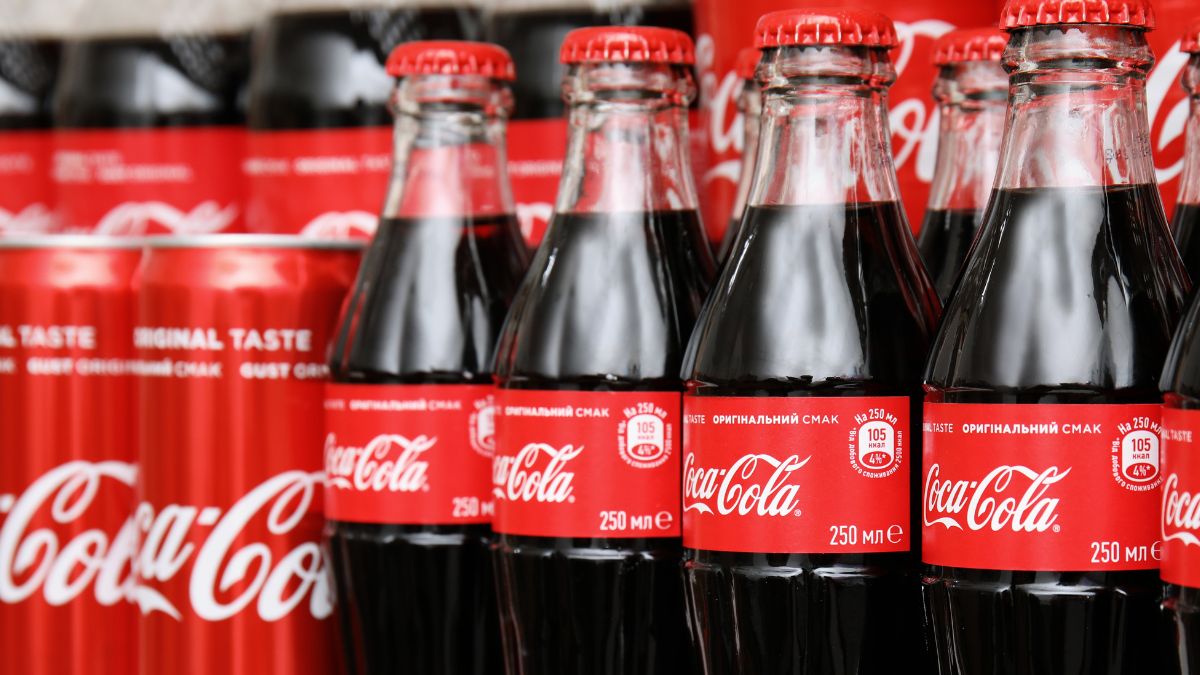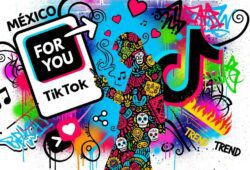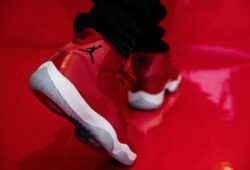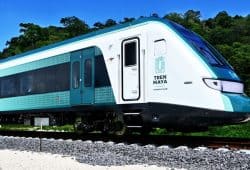
Coca Cola is the most beloved brand among Mexicans and a global benchmark in the beverage industry. Although 2025 started with a boycott by the Latino community in key markets such as Mexico and the United States, despite economic challenges and evolving consumer behavior, Coca-Cola remains a market leader, supported by a solid marketing strategy.
Merca2.0 conducted a detailed analysis of Coca Cola and its presence in the United States and Mexico, as well as the consumer profile in both countries. The data confirms that, despite the passing of time and the emergence of alternatives, Coca Cola remains at the top of the U.S. beverage market, surpassing its historical rival, Pepsi.
READ ALSO. 7-Eleven will give away free Slurpees! When and how can you get one?
Where does Coca Cola rank as a global brand in 2025?
In 2025, Coca Cola ranks as the 14th most valuable brand worldwide, with an estimated value of $119.979 billion, according to Kantar. This 13% growth compared to 2024 reinforces its status as one of the strongest and most admired brands globally.
Since 2006, Coca Cola has been a constant presence in the Kantar BrandZ rankings of the most valuable brands, a metric that combines financial data with real consumer perception. This comprehensive approach shows that Coca Cola’s value is not only based on tangible assets but also on its ability to influence purchasing decisions, build loyalty, and remain relevant across generations.
Despite global challenges — such as inflation, pressure for healthier products, boycott rumors, and competition from new beverages — the brand has demonstrated resilience and adaptability, key factors for continuing to lead the soft drink market.
Coca Cola in the U.S. market in 2025
According to data from Statista’s Brand KPIs dossier, the U.S. market remains one of Coca Cola’s main strongholds, and the numbers confirm it:
- Brand awareness: 95%, tied for first place with Sprite.
- Popularity: 60%, positioning it as the favorite soft drink brand.
- Consumption: 61%, ranking first in sales and presence.
- Consumer loyalty: 86%, ranking third in repurchase intent.
- Media buzz: 51%, leading in mentions and public conversation.
Who are Coca Cola’s consumers in the U.S.?
Statista reveals that Coca Cola’s U.S. consumer profile in 2025 shows a strong affinity with Millennials, who make up 39% of its enthusiasts, compared to the industry average of 36%. The brand also leans slightly male (53%) and is particularly strong among high-income households, which account for 37% of its followers.
In terms of valued attributes, U.S. consumers prioritize authenticity, high value, and trustworthiness — qualities that Coca Cola has carefully cultivated in its communications and marketing strategy.
Coca Cola dominates the soft drink market in Mexico in 2025
Mexico has historically been fertile ground for Coca Cola, and in 2025 its dominance is undeniable. The May 2025 Statista Brand KPIs dossier reveals:
- Brand awareness: 99%, practically omnipresent.
- Popularity: 83%, consolidating its consumer preference.
- Consumption: 83%, holding broad market leadership.
- Loyalty: 91%, surpassing any other soft drink brand.
- Media buzz: 86%, the most talked-about brand in traditional and digital media.
The data reflects not only high brand penetration but also a deep emotional connection with Mexican consumers.
Who are Coca Cola’s enthusiasts in Mexico?
In Mexico, Coca Cola connects with both Millennials (39%) and Generation Z (33%), ensuring healthy generational renewal for the brand. Unlike the U.S., its appeal is entirely balanced between men and women (50% each), demonstrating its broad reach in the country.
Additionally, 32% of its enthusiasts come from high-income households, which also supports its pricing strategy, where perceived value allows it to justify higher prices even in an inflationary environment.
What marketing strategies drive Coca Cola’s global success?
Coca Cola’s strategy in 2025 combines global elements with smart local adaptation:
Diversification of its beverage portfolio
Coca Cola has expanded its product range to include:
- Diet Coke
- Fanta
- Sprite, which has shown remarkable growth
- Alcoholic beverages such as ready-to-drink cocktails
- Coffee, ice cream, and collaborations with iconic brands like Moutai in China
This diversification allows the brand to reach different market segments and adapt to new consumption trends.
Technological and creative innovation
According to Kantar, the company has heavily invested in Artificial Intelligence tools for its campaigns. One example is the Y3000 Zero campaign, which generated over 5.2 billion media impressions, demonstrating how technology enhances its reach and relevance.
Marketing investment
Between 2014 and 2023, Coca Cola invested an average of $4 billion annually in advertising, increasing that figure to over $5 billion in 2024. This sustained investment is key to keeping the brand top of mind for consumers.
How does Coca Cola compete with Pepsi and other beverage brands in 2025?
The battle between Coca Cola and Pepsi is one of the most iconic rivalries in the beverage world, and in 2025 it remains as fierce as ever.
Despite Pepsi’s strong presence, Coca Cola maintains its leadership thanks to its “Pricing Power” — the ability to charge more for its products due to the strength of its brand.
Brands like Red Bull and Monster Beverage are also gaining ground in the energy beverages segment, but they are still far from threatening Coca Cola’s dominance in traditional soft drinks.
The beverage brand landscape is not without challenges:
Challenges
- Rising input costs
- Growing preference for healthier, low-sugar beverages
- Stricter public health regulations
- Price sensitivity in a complex economic environment
Opportunities
- Innovation in categories such as functional beverages or those with natural ingredients
- Expansion into emerging markets
- Strategic alliances with other food and beverage brands
- Heavy use of technology and digital marketing to foster closeness and personalization
The “Meaningful Difference” remains crucial. Those brands that succeed in building a relevant, emotional, and differentiated identity are far more likely to sustain growth, even in highly competitive environments.
👉 Follow us on Google News.










